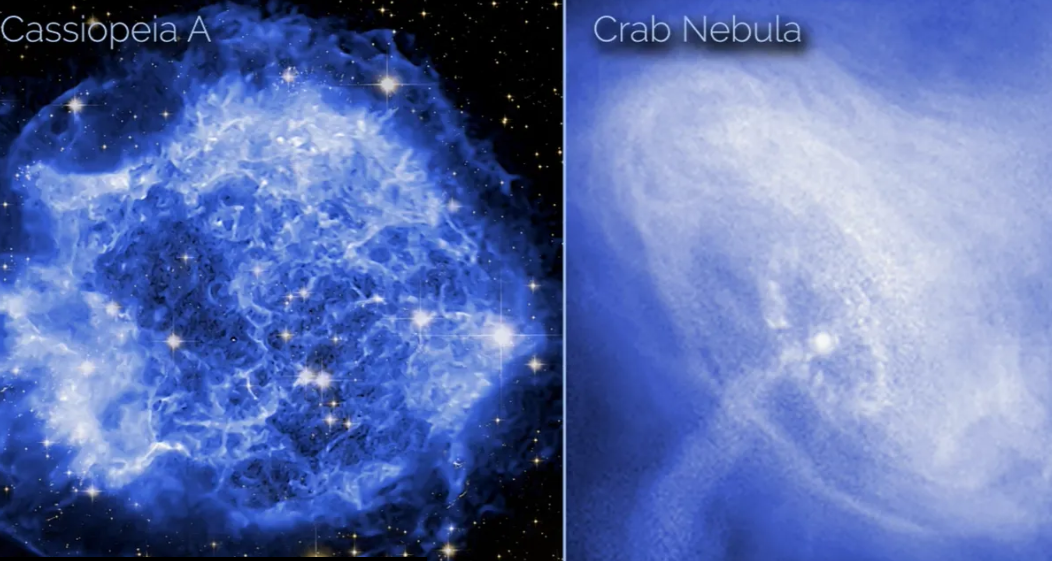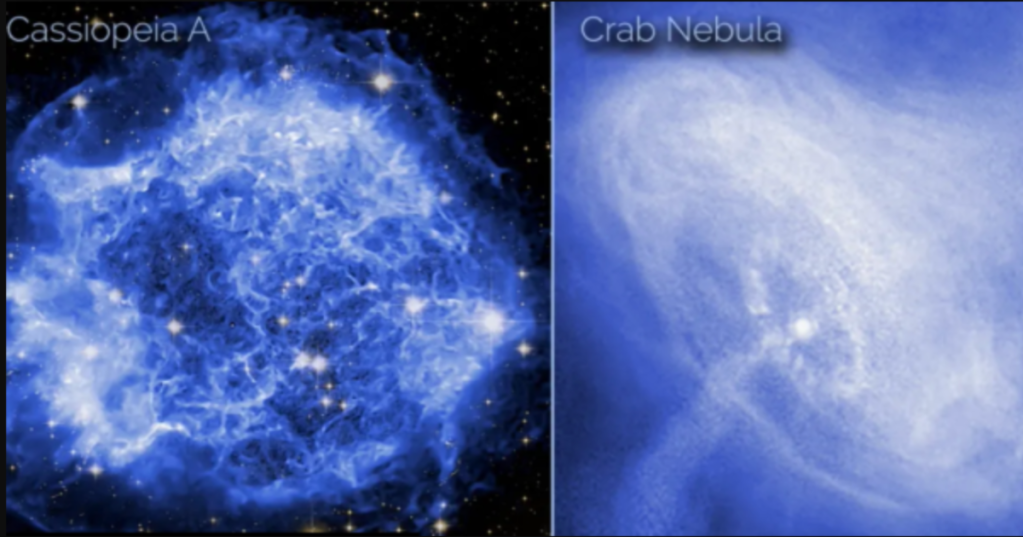
NASA has recently released two incredible time-lapse videos that each condense 20 years of space activity into just 20 seconds.
The videos were made from the Chandra X-ray telescope, which is used to observe distant areas of the universe, often for extended periods of time.
The telescope has made repeated observations of both Cassiopeia A and the Crab Nebula over the past 20 years.
Cassiopeia A was first seen about 340 years ago. The Chandra telescope has been observing it regularly since 2000.
At its core, a neutron star is visible. When this star was first looked at through the telescope it helped scientists to learn more about how stars go supernova as well as details about how pulsars form.
The Crab Nebula has been observed by humans as far back as the year 1054. There are documents from Chinese astronomers discussing this incredible area of space.
The Chandra telescope has been regularly viewing this important nebula from 2000 through 2022, giving NASA the data needed to create this impressive time-lapse video.
The video will likely be extended at some point in the future as the Crab Nebula continues to be an area of interest for scientists around the world.
The images used to create these videos were reprocessed using advanced new techniques, which gave us a sharper image than was previously possible.
Advances in technology are giving us glimpses into the universe that were never before possible.
If you found that story interesting, learn more about why people often wake up around 3 AM and keep doing it for life.
